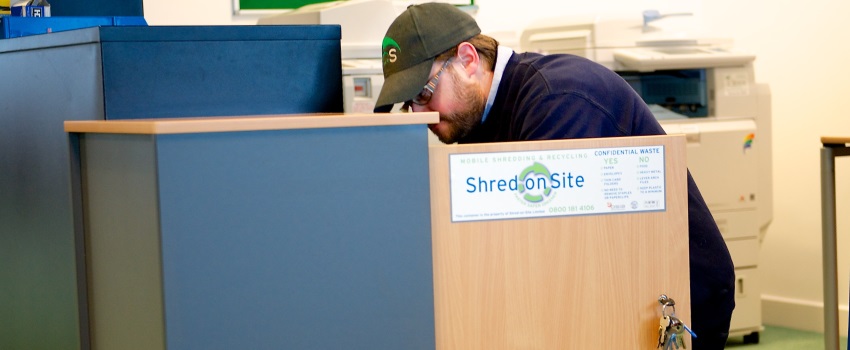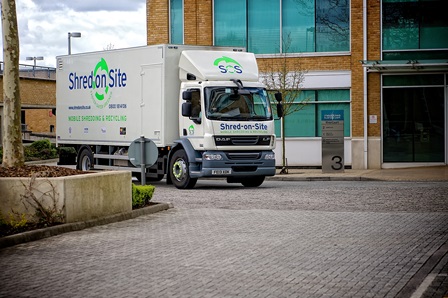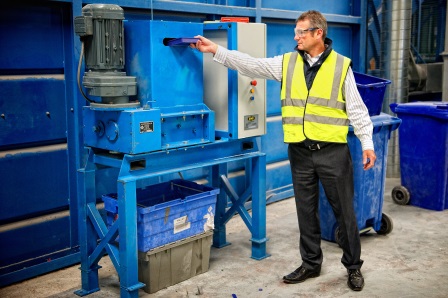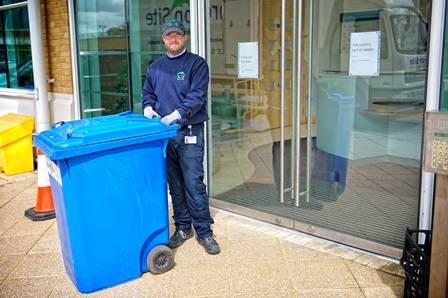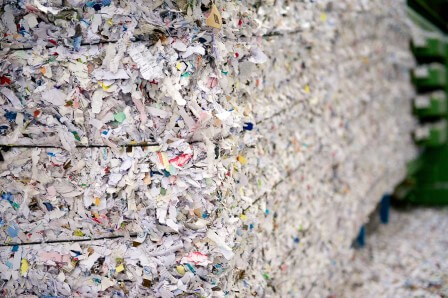The Importance of Media Destruction After Use
In an era where information is as valuable as currency, protecting sensitive data has become essential for individuals and organisations. Media destruction, the process of completely and safely destroying data storage devices to prevent unauthorised access to information, is not just a precaution but a necessity. This blog delves into the critical importance of media destruction after use, exploring its significance in safeguarding privacy and ensuring data security.
What constitutes 'media' that needs to be destroyed?
Media requiring destruction includes any storage device or material that holds sensitive data, such as hard drives, SSDs, USB flash drives, CDs/DVDs, magnetic tapes, and paper documents. Essentially, any medium that can store information and is no longer needed should be considered for destruction.
Why Media Destruction Matters:
- Protecting Sensitive Information: From personal identifiers to financial records, sensitive information that falls into the wrong hands can lead to identity theft, financial fraud, and other forms of cybercrime. Media destruction ensures that data is rendered irretrievable once it is no longer needed, thereby protecting individuals and businesses from potential threats.
- Compliance with Legal Requirements: Various laws and regulations mandate the protection of personal and customer information. For businesses, media destruction is not just a best practice but a legal requirement to comply with standards such as HIPAA (Health Insurance Portability and Accountability Act), GDPR (General Data Protection Regulation), and other privacy laws, which prescribe how data should be handled and disposed of securely.
- Preventing Data Breaches: A significant portion of data breaches occur due to improper disposal of storage media. Media destruction provides a fail-safe method to ensure that data is completely destroyed, thus eliminating the risk of breaches and the associated reputational damage and financial losses.
- Environmental Responsibility: Proper media destruction also involves considering the environmental impact. Many media destruction services offer eco-friendly disposal methods, ensuring that toxic materials found in electronic media are not carelessly thrown into landfills, thus aligning with corporate social responsibility initiatives.
How often should media destruction occur?
The frequency of media destruction depends on the volume of data generated and the specific data retention policies of an organisation. It could be on a set schedule (e.g. monthly, quarterly) or triggered by events, such as the decommissioning of old equipment, the end of a project, or when storage media reaches its end-of-life.
Methods of Media Destruction:
- Physical Destruction: This involves physically breaking the media using methods like shredding, crushing, or incineration, ensuring the data cannot be reconstructed or retrieved.
- Degaussing: For magnetic storage devices, degaussing can erase data by demagnetising the medium, rendering it unusable.
- Data Wiping: Although not a form of physical destruction, data wiping involves overwriting the stored information with random data multiple times, ensuring the original data is irrecoverable. This method is often used in conjunction with physical destruction techniques for an added layer of security.
Best Practices for Effective Media Destruction:
- Develop a Policy: Establish a clear media destruction policy that outlines what needs to be destroyed, when, and how. This policy should also comply with relevant legal and regulatory requirements.
- Use Professional Services: For businesses, especially those dealing with a large volume of sensitive data, leveraging professional media destruction services can ensure that the process is done securely and complies with environmental standards.
- Document the Process: Recording what was destroyed, by whom, and when provides a trail that can be essential for compliance audits and investigations in case of data breaches.
Can media be securely destroyed in-house, or should I use professional services?
While it's possible to securely destroy media in-house, especially with physical destruction methods for smaller volumes, using professional services is recommended for larger volumes or when compliance with specific standards is required. Professional services ensure the destruction is thorough, compliant with laws and regulations, and often provide a certificate of destruction for audit purposes.
Are there any legal documents or proof of destruction that should be obtained after the process?
Yes, it's important to obtain a Certificate of Destruction. This document should detail the method of destruction, the date it was carried out, and the specific media destroyed, serving as proof for compliance and audit purposes.
Media destruction is a critical component of data security and privacy protection. In the digital age, where data breaches can have catastrophic consequences, ensuring the secure disposal of media is not just a precaution but a fundamental responsibility. By adopting rigorous media destruction practices, individuals and organisations can protect themselves against data theft, comply with legal standards, and contribute to a more secure and responsible information ecosystem.
Get in touch with us today to request a quote for all your shredding needs, whether that’s a one-off service or setting up a regular service. Why not try our online tool.

